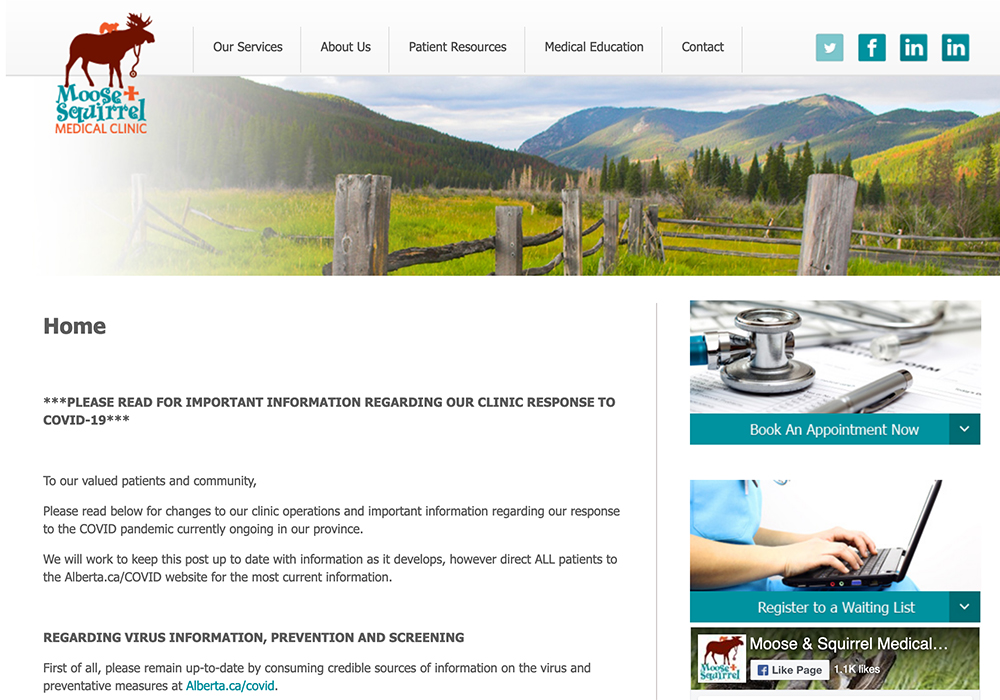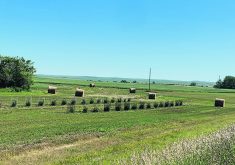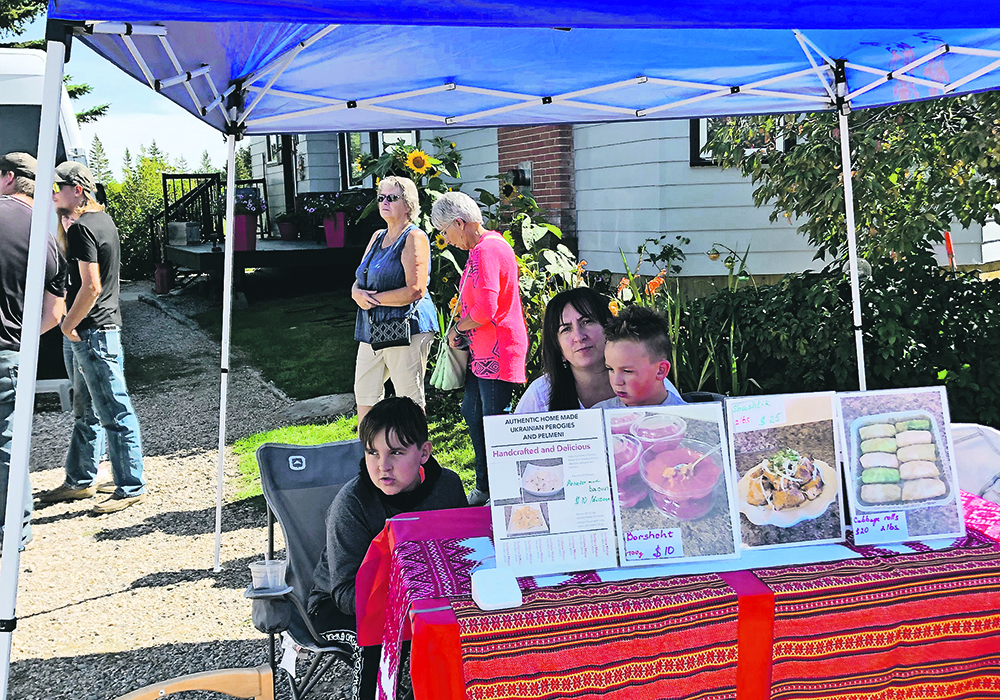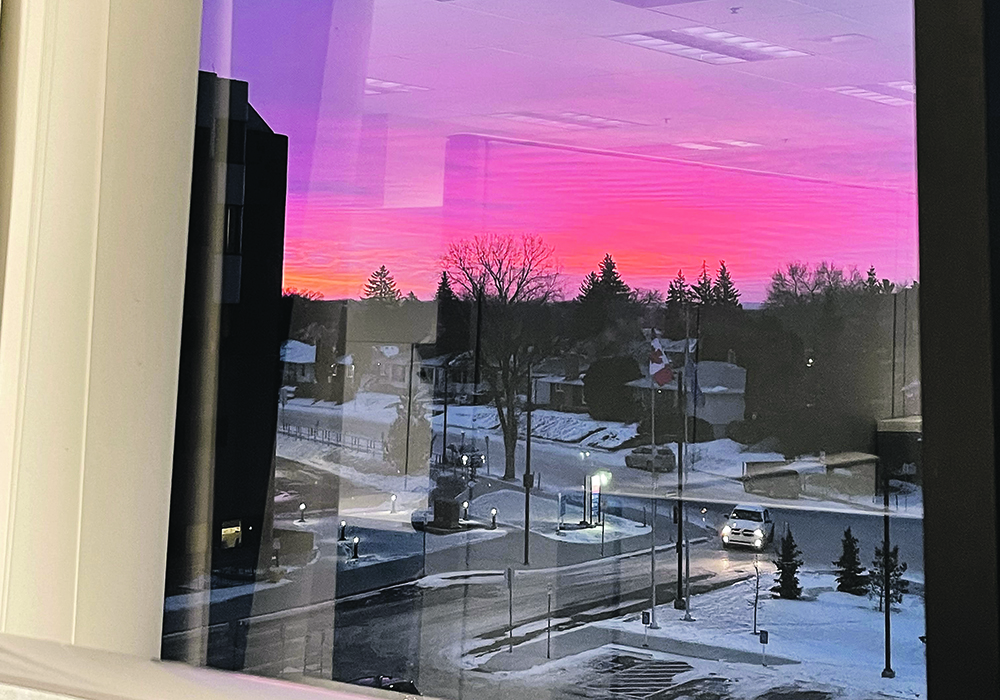Alberta Medical Association says there is a risk doctors may leave province after government starts paying them less
Some rural doctors in Alberta are deciding to offer fewer services, saying new measures imposed by the province are putting their practices in jeopardy.
The changes mean there is significant risk that many might decide to permanently close their practices, said Dr. Christine Molnar, president of the Alberta Medical Association, on April 17.
“What’s happening right now is breaking their hearts in so many ways,” she said. “They are trying to find ways to survive in their businesses so they can stay in their communities and with patients and neighbours.”
Read Also

Nutritious pork packed with vitamins, essential minerals
Recipes for pork
Eight doctors in Sundre, Alta., for example, have said that after July 1, they will no longer work at the local hospital.
The doctors have said they will continue to offer care at the Moose and Squirrel Medical Clinic in town, as well as visit patients in the nearby town of Caroline, but recent funding changes have meant they can’t work at the hospital.
“We know the Alberta government needs to save money, and that health care is a part of this, but unfortunately instead of working with us, the government has chosen to dictate cuts,” Dr. Jena Smith, who works at the clinic, said via Facebook video in mid-April.
“Doctors have spoken up for months and have said many times there is a better way to meet financial constraints and not damage patient care, but government didn’t listen,” she said.
Sundre isn’t the only rural town seeing doctors revoke services.
In Lac La Biche, Alta., 10 doctors decided to stop emergency room and obstetrical care at the local health centre effective July 31.
In Stettler, Alta., seven doctors resigned from offering emergency room care at the local hospital.
Many doctors across the province are hurting, said Dr. Carly Crewe, during the video on Facebook. Crewe works at the Sundre clinic.
“We know you (doctors) are feeling defeated, distracted and misunderstood,” she said. “We see the sacrifices you are making right now and we thank you for them.”
Much of the changes revolve around compensation.
For one, Molnar explained, doctors will now receive less money than they normally would when working in hospitals.
She said the government argues that because these doctors use Alberta Health Services facilities, which are entirely funded by the province, they should be paid less.
In rural settings, doctors usually work in hospitals and clinics. They still have the same overhead to pay at the clinic, essentially making it less affordable for them to work in the hospital, Molnar said.
“They need to see if they can afford to still do the hospital work, or do they now have to focus on that community clinic?” she said.
Another change that is affecting rural doctors revolves around medical liability insurance, Molnar said.
She said governments provide reimbursements to help cover some of the insurance costs. Doctors pay the remainder.
In Alberta, however, the province has reduced its reimbursements by half, Molnar said. This has particularly affected people who practice surgeries and obstetrics in rural settings, she said. Doctors practicing obstetrics help with pregnancy, childbirth and the postpartum period.
In response, the government has since introduced new measures it hopes will protect access to rural health care.
It said April 24 it’s exempting rural physicians permanently from overhead charges. It’s pausing overhead charges for urban physicians.
Medical liability rates for rural physicians, including obstetrics, will be frozen at $1,000, it said. Rates for all family physicians will be frozen at $1,000.
The government will spend $6 million to pay for the schooling of 20 medical students over the next three years as a way to encourage rural Albertans to return to their communities to practice medicine.
It isn’t yet clear how the changes will impact doctors in rural Alberta. As of press time, the Alberta Medical Association was analyzing the changes.
Despite the changes, the province’s doctors have been in a lengthy dispute with the government.
The Alberta Medical Association has sued the province.
The association argues the province violated doctors’ rights when it tore up and replaced their funding agreement.
The province passed legislation that gave political leaders the power to unilaterally end deals with doctors, the association said.
It is seeking $255 million in damages. The claim says the government failed to properly consult with doctors, entered negotiations in bad faith and created an environment where it was impossible to have meaningful negotiations.
“The relationship with government has never been worse,” Molnar said.
The government hasn’t filed a statement of defence. None of the allegations have been proven in court.
On the issue of pay, however, the government has repeatedly said it isn’t making cuts to health care.
Doctors argue that even though there are no cuts, there are no increases that accommodate for Alberta’s growing and aging population, as well as for inflation.
As well, the province has previously argued that doctors in Alberta are highly paid when compared to other provinces. It’s MacKinnon report points to findings that show clinical payments to doctors are 35.2 percent more than the comparator provinces of British Columbia, Ontario and Quebec.
The Alberta Medical Associations has disputed these findings, providing its own report that shows Alberta doctors only make 5.7 percent higher than comparative provinces. By 2021-22, it says Alberta will fall slightly below the average at -2.5 percent.
Molnar said the association understands costs need to be reduced, adding it has offered solutions. One of its proposals would have saved more dollars than the government’s plan, she said.


















